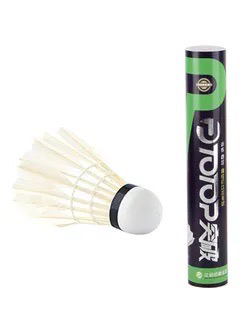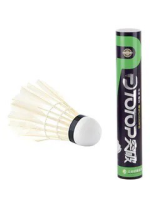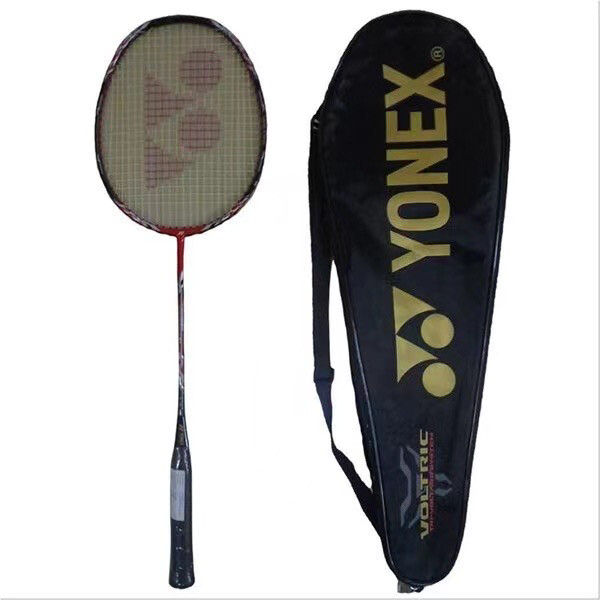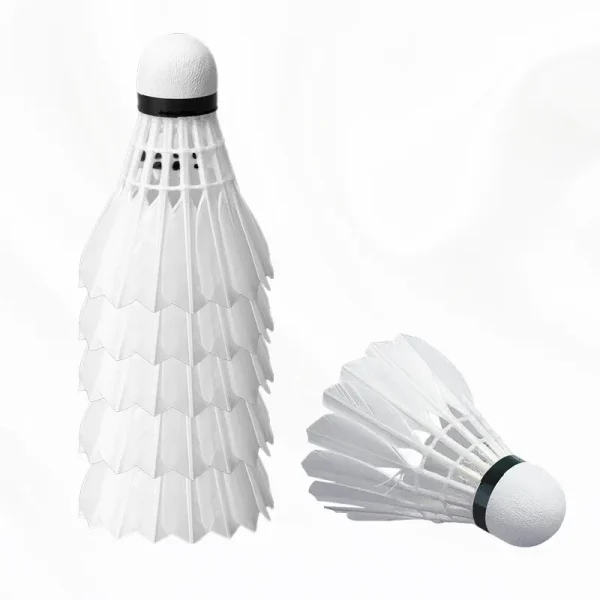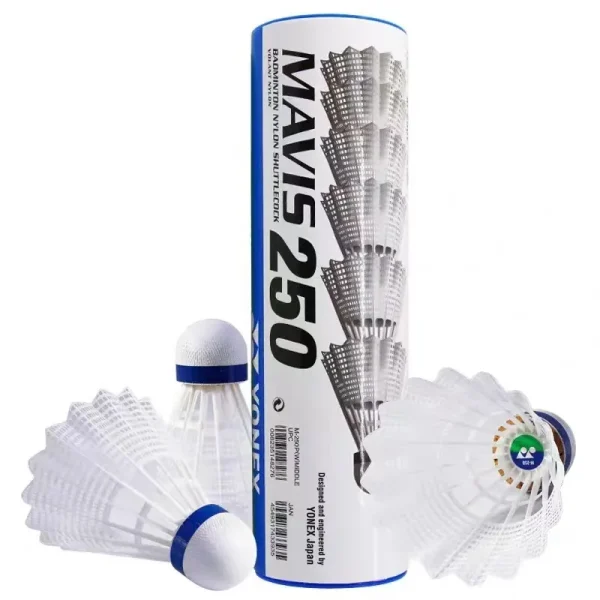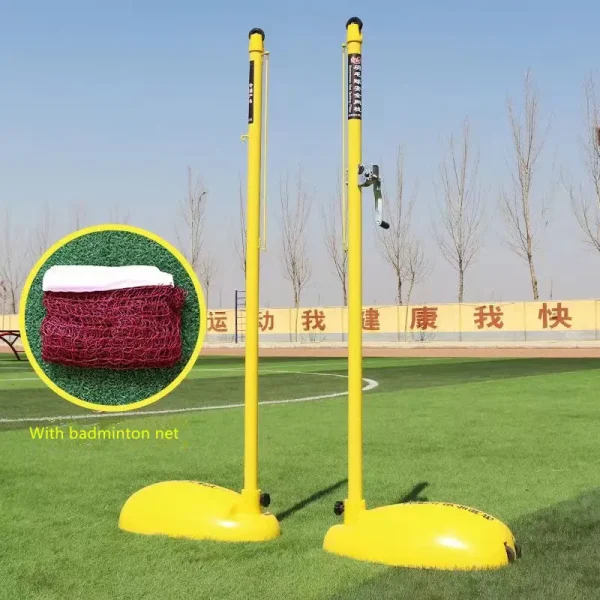Shuttlecock set
5 د.ا
A set of 12 shuttlecocks
Special packaging for storage
Used in badminton sport
Shuttlecock set
| العلامة التجارية |
World Fitness |
|---|---|
| بلد المنشأ |
China |
Shuttlecock set
A set consisting of 12 pieces that come in a special box for storage
Benefits of badminton sport
Playing badminton has many advantages in the life of an athlete, and there is a lot to be gained from practicing the sport. Physical fitness, mental well-being, and increased endurance are just a few of the benefits, but the advantages of badminton are much more than other sports. While other sports offer great benefits, badminton is one of the sports that has a lot to offer.
Advantages of badminton
Badminton is a racquet sport that does not require physical contact, making it safer than most sports that require physical contact. Players do not need to be very fit to start playing, and the intensity of the game is determined by the players’ level. Therefore, badminton players have much lower injury rates compared to other athletes, meaning that a player can play this game regularly without taking time off to recover from injury.
Younger players
If a badminton player is used to playing sports like football or hockey, they will find that each game of these sports requires at least 5 people on the team, and most of the time it is difficult to find ten people with free schedules who are willing to go out and play. On the other hand, the game only requires two players to play badminton, making it much easier to find a willing opponent.
Indoor sport
One of the most important aspects of badminton is that it is played indoors, which is why it is the second favorite sport in India. Playing badminton outdoors is difficult, if not impossible, because even a slight breeze can cause the shuttlecock to move unexpectedly. To prevent the elements from interfering with the game, this sport is played indoors all the time. So even if it’s raining in the play area, the player can simply head to a badminton court and play a game or two, and in a country like India where the weather is unpredictable, indoor sports are a great way to spend time.
Affordable sport
For badminton, all the player needs is a racket, a shuttlecock dedicated to the game, and a court to play on. Professional badminton rackets and shuttlecocks are very expensive to buy, however, the player should be able to find cheap shuttlecocks and rackets at many sports stores nationwide. As for the badminton court, there are many badminton clubs and sports institutions where the player can play badminton for very nominal fees.
Popularity growth
In the country of India in Asia, badminton is considered the fastest growing sport, ranking second only to cricket. The game is found in institutions throughout the country, especially in cities like Mumbai, Delhi, and Bangalore. Therefore, whether the player is a beginner, intermediate, or advanced player, there are courses they can participate in.
Badminton objectives
Badminton is an important and complementary part of physical education goals. The player gains general health by playing it. The player learns responsibility and how to respect others. It helps the player to occupy leisure time. It develops and shows physical fitness of the player practicing the sport. The player gets used to proper timing and quick movement. It renews the vitality and activity of the athletic individual. Additionally, badminton is considered the first or assisting medium to learn tennis, as a good badminton player can easily become a tennis player.
Benefits of badminton
Badminton is a racquet sport that closely resembles tennis, and it is a very popular sport not only for competition but also as a fun game that can be played among several players. If the player is looking for a sport that helps maintain their physical and mental health, badminton is the best choice, and the most important benefits of badminton are as follows:
Helps the player maintain fitness and lose weight: Playing badminton requires a lot of energy and is very exhausting because it uses every muscle in the body. If the player plays the game for an hour, they can burn approximately 480 calories, which is the highest among all sports. It will also help people who are overweight burn fat and maintain optimal weight for their age and height.
Helps in maintaining physical fitness and muscles: The movements during badminton play will help build and strengthen the player’s core muscles, especially the abdominal, back, quadriceps, and knee tendons. This type of cardiovascular and vascular exercise helps maintain a fit body.
Improves metabolism: The player will get good digestion by playing badminton, which will help maintain their physical fitness and keep the player fit. Playing badminton improves heart and lung function, meaning it will make the body sweat naturally, and sweating helps remove toxins from the body and can achieve a high metabolic rate.
Increases focus and reflexes: This sport improves the player’s concentration, as when the game is played at a fast pace, it increases speed and improves reaction times. Intelligence is also considered a factor because players must know how to deceive their opponents at every point.
Improves heart performance: High levels of cholesterol reduce the size of blood vessels, which may lead to a heart attack or stroke. Badminton works to strengthen heart muscles by removing clogged heart walls, improving blood flow. People with pre-existing heart conditions can benefit from this sport with proper medical supervision.
Improves muscle strength and flexibility: The more the player moves, the more flexible they become, and during badminton play, fast movements and racket swinging at the required speed are essential, which greatly improves flexibility and helps players also gain muscle strength and endurance.
Increases bone density: Playing badminton helps in the growth of those cells that form bones, which in turn helps reduce the risk of bone fractures. It also helps develop the calcium matrix, which improves overall physical appearance.
Reduces the risk of diabetes: Regular exercise helps reduce the risk of diabetes. Playing badminton helps lower blood sugar levels and reduces the risk of diabetes. This will reduce sugar production in the liver, making the player who practices the game away from the disease.
Related products
Badminton and Tennis Court Nets
In stock








 Handball supplies
Handball supplies








